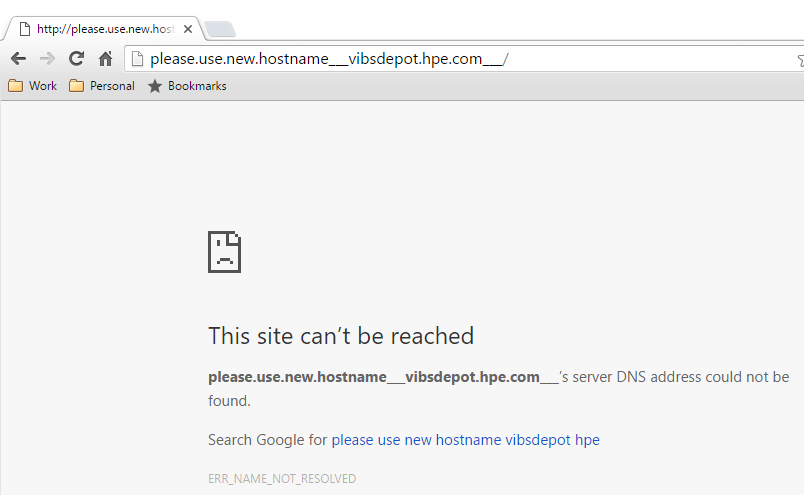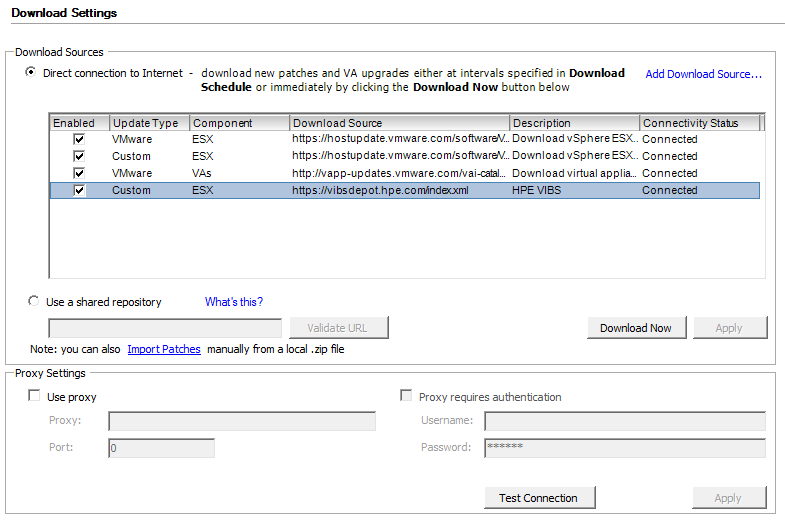So, after running into this problem, I was initially sceptical of what the cause may be. I’d see talk around that Macs didn’t like their home folders to be part of an Active Directory domain that ends in the pseudo TLD of “.local”, but I never quite believed that this would be the cause.
Basically, symptoms would be that the machine will fail to log in using the domain credentials, and will just say something generic sounding like “Unable to login to the account, an error occurred”. After lots of testing and fettling with both the Mac and the domain settings (This was a new domain being provisioned for a specific event, and I wouldn’t suggest you just generally tinker with your domain controller configurations), it was found that the account could be logged in if the home drive was disabled in AD. In my case the home drive path was a location within a DFS namespace, but even a direct share on a file server gave the same results.
So, I spun up a new domain on a separate server (oh the joys of virtualisation) and this time gave the domain a .net TLD and the home drive specified in the same way within A DFS namespace. Surprisingly the account logged in here first time after the Mac had been rebound to the new domain. Some further fiddling was required with the domain controllers to make sure that they were responding to all requests with FQDN responses as opposed to NetBIOS ones. The details on how to do this via PowerShell or a direct registry hack are linked. After these changes have been made a reboot of the server will be needed, but then they should respond with FQDN addresses for both DFS referrals and targets.
At this point, the whole thing should work, and as usual, I hope this saves someone some time in figuring this out.

